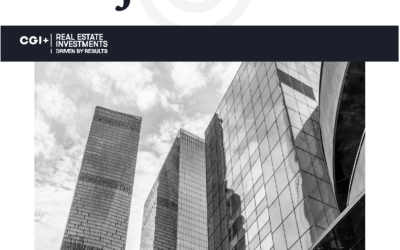 Coming into 2021, multifamily supply was running at cycle highs. The pandemic, however, pushed back the timetable for deliveries and reduced the number of starts – which could potentially produce a supply shortage in a few years.
Coming into 2021, multifamily supply was running at cycle highs. The pandemic, however, pushed back the timetable for deliveries and reduced the number of starts – which could potentially produce a supply shortage in a few years.
One key to the multifamily sector’s performance over the last decade was the shutdown of new supply in the wake of the global financial crisis. With construction lending sidelined and economic growth slowed, multifamily deliveries dropped to just over 100,000 between 2009 and 2011, the lowest levels in decades. Consequently, household formations ran ahead of new housing supply for several years, producing a shortage that pushed apartment occupancy rates to more than 96% nationally. That set the stage for rapid rent growth between 2013 and 2020.
Multifamily construction recovered between 2016 and 2020, as more than 1.6 million units were delivered over that time, according to Yardi Matrix. At the start of 2021, more than 750,000 units were under construction.
However, the pandemic showed construction. Banks either halted construction lending or set more conservative terms. Multifamily starts dropped by a third during 2020, from 1.5 million in the first quarter to 1 million in the fourth quarter. Deliveries will be diminished by labor shortages, increased materials costs, local government delays, NIMBYism, conservative financing, and weaker demand for new high-cost product.
At the same time, post-pandemic apartment demand is expected to be strong. The prime 20- to 34-year-old renter-age population will continue to grow through the middle of the decade, while the economic recovery will create new households. As Gateway metros (including San Francisco and Los Angeles) re-open, many young workers will come back. Barring government policies that produce an uptick in housing development, the combination of reduced deliveries and demand growth in many metros could create another supply imbalance in a few years.
- Paul Fiorilla, Director of Research, Yardi Matrix

